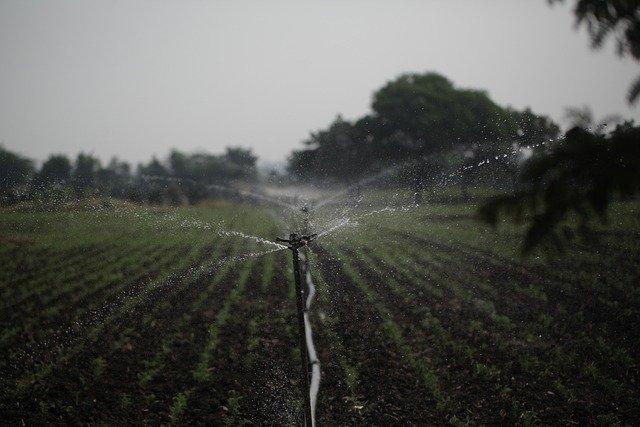Seasonal maintenance checklist for resilient outdoor planting
A practical seasonal maintenance checklist helps outdoor planting withstand shifting weather and resource constraints. This summary covers essential tasks—irrigation checks, pruning, mulching, composting, and planning for native plants and pollinators—so gardeners can prioritize work across spring, summer, autumn, and winter.

A resilient outdoor planting area depends on routine, seasonal attention tailored to your climate, soil, and site conditions. Regular maintenance reduces stress on plants, supports pollinators and waterwise goals, and keeps landscapes accessible during interiors work or outdoor decor changes. This checklist outlines recurring tasks and seasonal priorities so homeowners and gardeners can schedule irrigation, pruning, mulching, composting, and organization tasks with confidence over the year.
Seasonal tasks for healthy plants and native plants
Plan seasonal inspections each year: check plant vigor, leaf color, and root health as temperatures shift. Prioritize native plants that are adapted to local conditions; they typically require less supplemental watering and support local pollinators. Note plant-specific timing for pruning or deadheading so you avoid removing flower buds. Seasonal planting windows also guide when to refresh beds, divide perennials, or replace specimens that struggle despite consistent care.
Irrigation checks, waterwise strategies, and mulching
Inspect irrigation systems before high-demand periods and adjust schedules seasonally. Waterwise practices—deep, infrequent watering and drip irrigation—help roots develop and reduce waste. Mulching around plant bases moderates soil temperature, retains moisture, and suppresses weeds; apply a 5–10 cm layer but avoid piling mulch against stems. Seasonal mulching in spring and autumn improves soil structure and reduces irrigation needs over time.
Pruning routines, pest checks, and composting basics
Pruning timing varies by species: many flowering shrubs need pruning immediately after bloom, while many trees are best pruned in dormancy. Regular pest and disease checks allow targeted responses that minimize chemical use. Use pruning debris and suitable kitchen waste in composting systems to return nutrients to beds; monitor compost temperatures and moisture for efficient breakdown. Proper compost application in spring boosts soil biology and plant resilience.
Container gardening, soil health, and organization
Container gardening requires seasonal potting mix refreshes and size checks as roots fill containers. Replenish organic matter and check drainage to prevent waterlogging or salt buildup. Keep a simple organization system for containers, tools, and fertilizers so seasonal tasks move smoothly. Label pots with planting dates and care notes to track rotations and to ensure plants receive the right conditions as seasons change.
Landscaping, outdoor decor and renovation integration
Coordinate landscaping and decor updates with interiors and any outdoor renovation plans to avoid reworking recently established beds. Hardscape changes can alter drainage patterns; reassess irrigation after patios, pathways, or fencing are added. Use neutral decor that suits multiple seasons, and plan planting schemes that provide structure in winter and bloom in spring and summer. Consider how interior renovation schedules may affect sunlight or access to outdoor areas and adapt planting timelines accordingly.
Organization of tools, timing and seasonal maintenance checklist
Create a simple calendar marking key seasonal chores: irrigation system start/stop dates, pruning windows, mulching application, compost turning, and planting windows for native plants and seasonal flowers. Store and organize tools so they’re ready when needed—clean cutting tools after use, and keep irrigation parts and spare emitters in a labelled kit. A written checklist reduces forgotten tasks and helps maintain resilient outdoor planting year after year.
Conclusion Seasonal maintenance for outdoor planting is a mix of proactive inspections, timely cultural practices, and thoughtful planning around water use, soil health, and site changes. Applying irrigation assessments, pruning at species-appropriate times, mulching, composting, and organizing materials supports long-term resilience while promoting biodiversity through native plants and pollinator-friendly planting.





